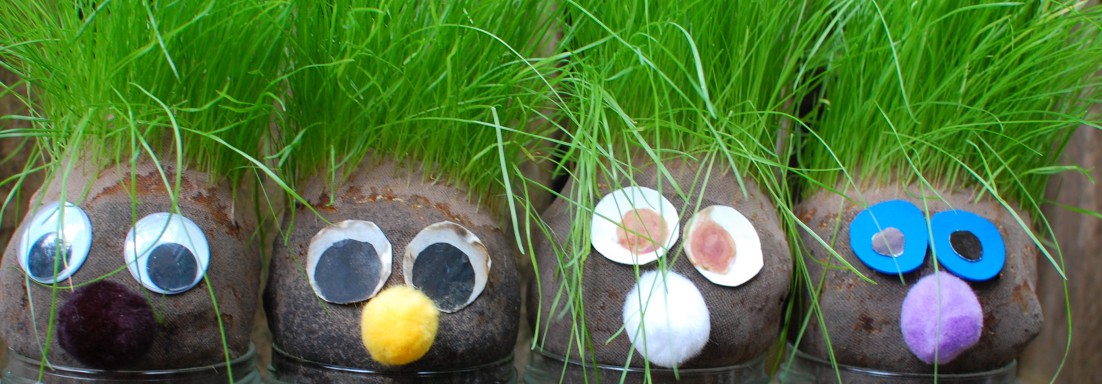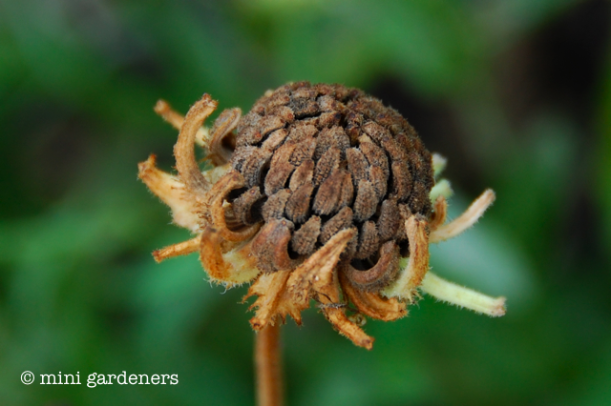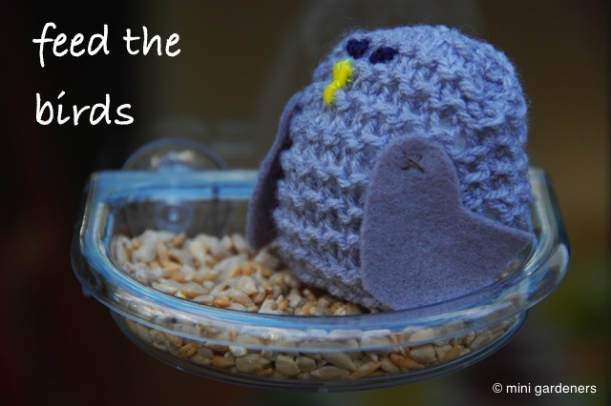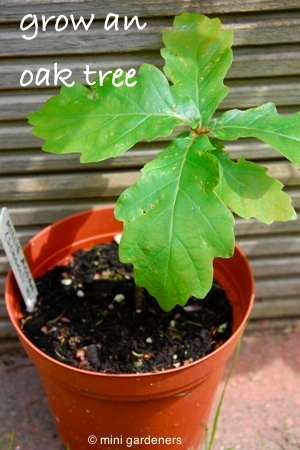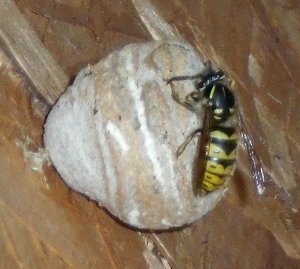Is it just me or is collecting acorns seriously addictive?
I can’t go out at the moment without returning with pockets stuffed full of acorns. I thought I’d offload some on the school gardening club but I was greeted with looks of horror all round when I announced we’d be planting tree seeds. A group of forward-thinking 7 year olds demanded to know exactly what we were going to do with all those oak trees. A very good question (that’s what I always say when I’m stumped for an answer and playing for time) which needed a convincing answer. So….
Firstly, it’s unlikely that all the acorns will germinate.
Secondly, if there’s a squirrel within a 50 mile radius, we’ve got a battle on our hands.
Thirdly, as we’re growing the trees in pots, the probability of keeping a small tree alive for a couple of years before it’s big enough to be planted out is around 20%*.
Fourthly, even if we decide to compost the young trees before they get too big, we’ve still learned a lot from collecting, planting and tending the seeds, not to mention thinking about plant life cycles.
Fifthly, we have a tree nursery at school for small trees that pupils don’t want to take home. Those that eventually get too big for the nursery will either be planted in the school grounds, or donated to the local gardening college or park.
That seemed to do the trick (phew), we planted our acorns and nearly all of them took the pots home.
If you’ve never tried planting tree seeds before, release that inner squirrel and give it a go. Acorns, conkers or sweet chestnuts are all good for beginners as they tend to have reasonable rates of success.
There’s not much to it really – bury the seed in some soil and forget about it until next spring. To increase your chances of success you can follow a few simple tips:
- Collect the plumpest seeds and discard any that show signs of damage (harsh, but it’s survival of the fittest).
- Plant straight away. All these seeds can die if they’re allowed to dry out. If you want to show off, the technical term is “recalcitrant seed”.
- Try the sink or swim test before planting, to select seeds which have the best chance of germinating.
- Remove anything that isn’t seed i.e. acorn cups, conker and sweet chestnut casings.
- Plant in a small pot (must have drainage holes) and ensure the seed is covered with its own depth of compost. Or plant directly into the ground if you prefer.
- Water and cover with some sort of netting, otherwise the squirrels WILL find them and steal them.
- Leave outside to experience the full extremes of winter weather.
Shoots should appear some time in the spring.
And finally, I leave you with the results of the most glamorous acorn competition.
I think this is the Turkey Oak (Quercus cerris), or a hybrid of the Turkey Oak, and we’re loving those frivolous, frilly acorn cups.
* An entirely made up figure but you can’t beat a well-placed statistic.
